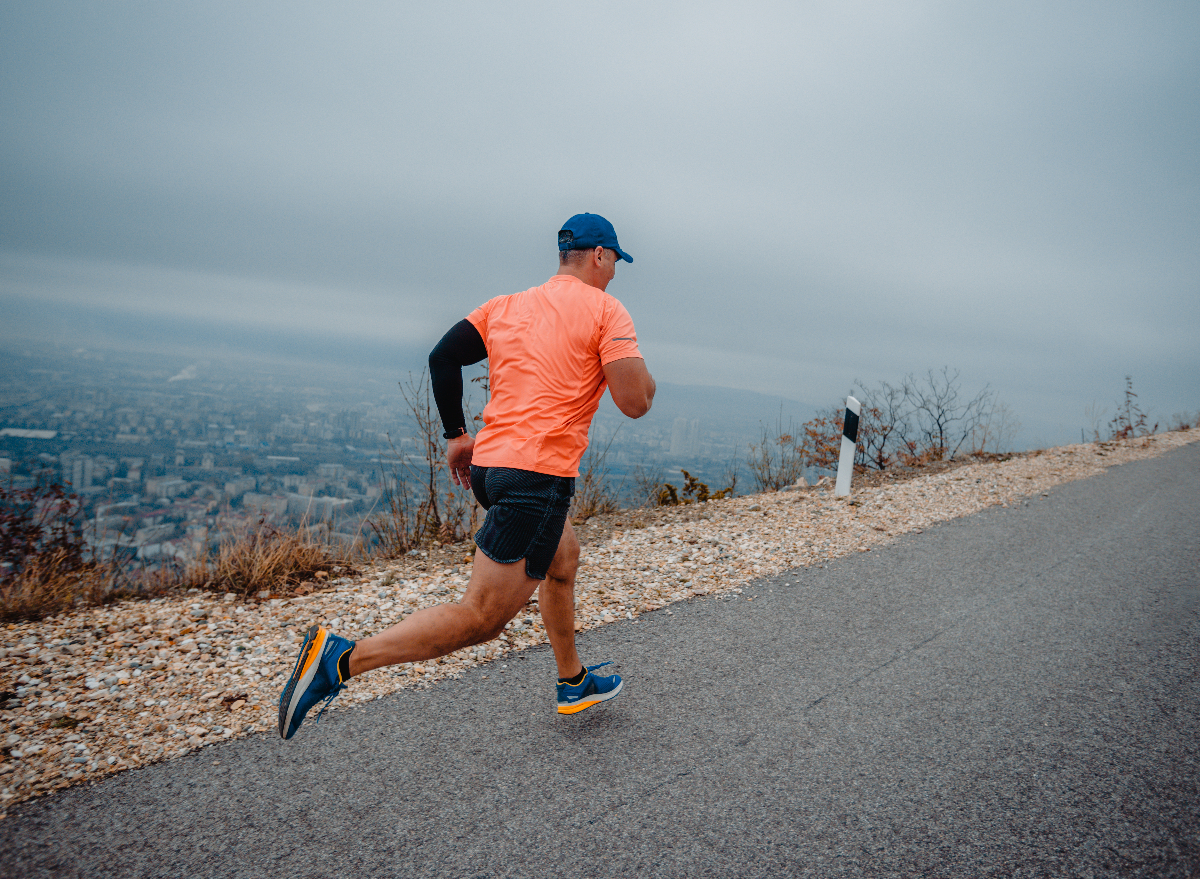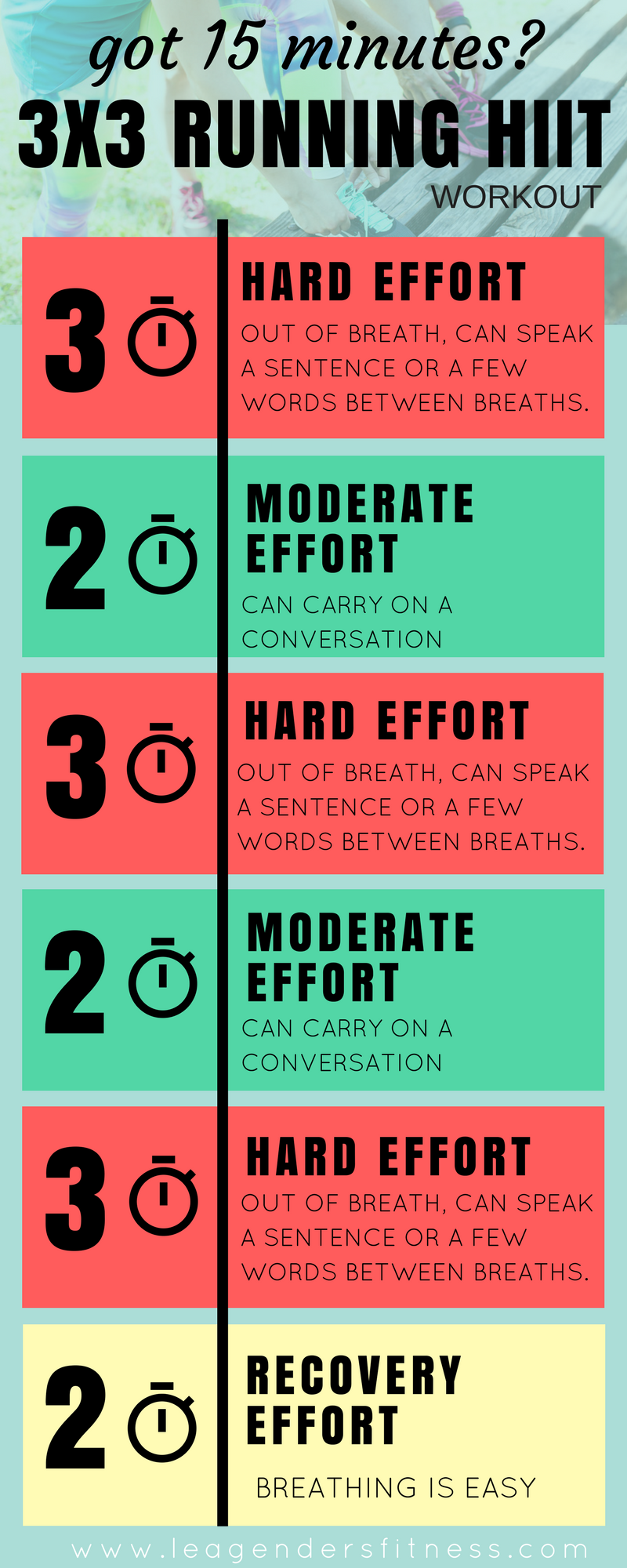Getting Rid Of Discomfort in Running: Methods and Strategies That Work
Pain is a common friend for lots of runners, commonly working as an obstacle to accomplishing their wanted goals. With the appropriate techniques and methods, it is possible to get over and also stop the discomfort linked with running. By checking out different approaches such as recognizing the different types of running pain, optimizing shoes and type, integrating cross-training and stamina exercises, implementing reliable recuperation methods, and maintaining appropriate nutrition and hydration, runners can possibly reduce their discomfort and boost their total running experience.
Comprehending Various Types of Running Pain

An additional kind of running discomfort is joint pain, which can show up as a sharp or achy discomfort in locations such as the knees, hips, or ankle joints (running workout). Joint discomfort might be caused by factors like inappropriate running kind, overuse, or underlying conditions like joint inflammation (useful guide). It is essential to set apart between muscle mass soreness and joint pain, as the latter might require clinical interest to avoid further injury
Recognizing the various kinds of running discomfort is important for efficient management and prevention strategies to make sure a risk-free and enjoyable running experience.
Proper Footwear and Running Type
To enhance efficiency and minimize the risk of running-related injuries, picking appropriate shoes and maintaining correct running kind are vital elements for runners of all degrees. Appropriate footwear plays a vital duty in giving support, cushioning, security, and security for the feet and reduced arm or legs. It is recommended to select running footwear that are specifically developed for the person's foot type, running stride, and the kind of running task they involve in. Getting suitabled for footwear at a specialty running shop can aid guarantee the ideal fit and support.

Cross-Training and Strength Exercises
Toughness exercises, like squats, lunges, and core workouts, play an essential role in maintaining muscles and improving running efficiency. They can correct muscle discrepancies, boost dexterity, and boost power outcome, all of which are vital for running performance.
Incorporating cross-training and strength workouts right into a running program should be done strategically. It is very important to allow for adequate remainder between running sessions and cross-training tasks to avoid overuse injuries. Furthermore, concentrating on appropriate type and technique throughout toughness exercises is vital to maximizing their advantages and reducing the risk of injury. By including these components right into a running routine, joggers can construct a more powerful foundation, improve performance, and appreciate a more sustainable running experience.
Recuperation and Relax Methods
Having established the significance of cross-training and strength exercises in a comprehensive running regimen, attention can now be directed in the direction of Recovery and Rest Strategies as important parts for enhancing efficiency and lowering the danger of injuries. (running workout)
Recuperation after running is important for muscle repair work and development. Methods such as foam rolling, stretching, and massage therapy help in decreasing muscle mass pain and enhancing adaptability. Sufficient rest in between runs permits the body to recover and adjust to the physical stress and anxiety, stopping overuse injuries.
Including active recovery days right into a training routine, where low-intensity tasks like walking or biking are carried out, can boost blood circulation and advertise healing without placing excess pressure on the muscular tissues. Additionally, correct hydration and nourishment play a crucial role in the healing procedure by renewing shed liquids and nutrients.
Quality sleep is one more crucial aspect of recuperation that must not be ignored. Throughout sleep, the body undertakes fixing and regeneration processes, adding to general physical and psychological well-being. By focusing on recovery and remainder methods, joggers can preserve optimum efficiency degrees and reduce the probability of experiencing pain or injuries.
Nutrition and Hydration for Runners
Carbohydrates give energy for running, while proteins help in muscle mass repair service and healing. Adequate hydration is additionally necessary to maintain optimal efficiency, as even light dehydration can adversely affect running performance. Additionally, timing dishes and snacks suitably prior to runs can aid prevent gastrointestinal discomfort and supply the required power for peak efficiency.
Final Thought
Finally, by comprehending the various kinds of running discomfort, using appropriate footwear, preserving appropriate running type, incorporating cross-training and toughness exercises, focusing on recovery and remainder, and focusing on nourishment and hydration, runners can properly conquer pain and enhance their performance. Carrying out these methods and techniques can help runners prevent injuries, enhance their endurance, and inevitably delight in a more satisfying running experience.